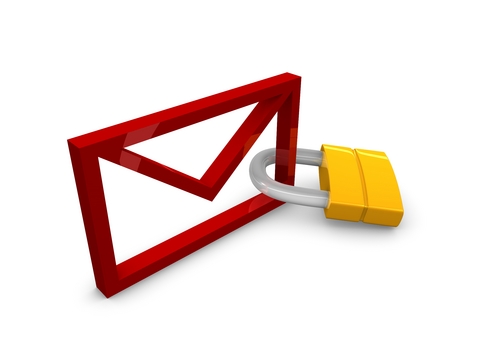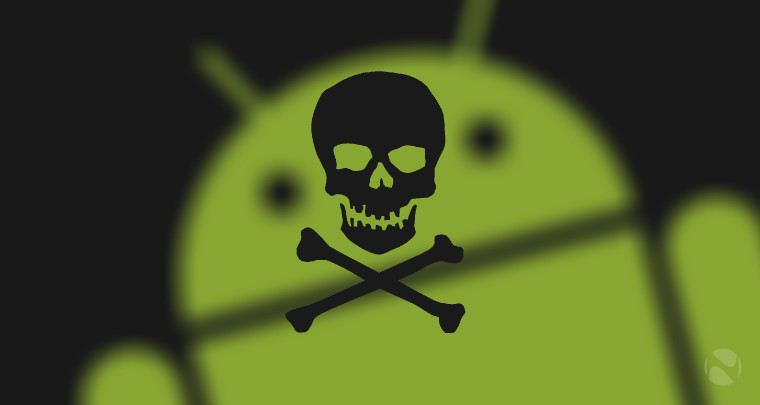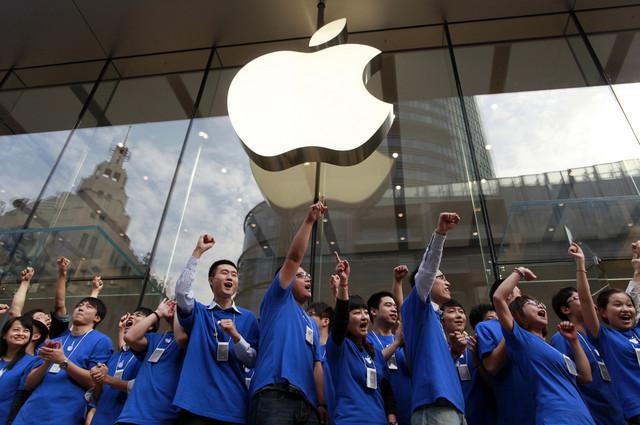
WordPress.com has published a blog post informing their users that they've decided to utilize the Let's Encrypt project - a free service that makes it fairly simple to add HTTPS to your website - to add HTTPS to every website with a custom domain hosted on their platform. The emphasis is on custom domains because for the last couple of years, any of their users utilizing a subdomain under the wordpress.com domain already had HTTPS enabled.
Read more: WordPress.com turns on free full HTTPS for all websites through the Let's Encrypt project
 A new proposal has been submitted to the the Internet Engineering Task Force, a major internet standards organisation. The proposal, which had input from engineers working at Google, Yahoo, Comcast, Microsoft, LinkedIn, and 1&1 Mail & Media Development, will ensure emails are encrypted before they're sent. If the destination doesn't support encryption or their certificate is invalid, the email won't be sent and users will be told why.
A new proposal has been submitted to the the Internet Engineering Task Force, a major internet standards organisation. The proposal, which had input from engineers working at Google, Yahoo, Comcast, Microsoft, LinkedIn, and 1&1 Mail & Media Development, will ensure emails are encrypted before they're sent. If the destination doesn't support encryption or their certificate is invalid, the email won't be sent and users will be told why.
Most emails that are sent today are sent in plain text using SMTP. This offers no protection against man-in-the-middle (MITM) attacks, meaning a hacker could easily read your messages. SMTP STARTTLS tried to address the need for encryption but is not widely used and has numerous flaws. In addition, users get no warning when an email they're sending falls back to using plain text.
Read more: New proposal to IETF aims to see email become more secure

Researchers working for the ESET security company, have uncovered a new trojan that’s targeting Android users in Australia, New Zealand and Turkey. The malware is trying to steal important login information for major banks and financial institutions, and then steal money out of those accounts.
Yesterday security researchers at ESET announced they were tracing a new type of malware that’s quickly spreading across Android devices. The piece of software originally gets on users’ phones by masquerading as Adobe’s Flash Player.
Once installed, the trojan looks for financial institution apps that may be installed on the user’s device. These include the major bank chains available in Australia, New Zealand and Turkey, as well as few social apps likes Skype. Once it identifies these apps it downloads fake login screens for each of them from its control and command (C&C) server.
Read more: Android malware targets bank users in Australia, New Zealand and Turkey

Apple Inc customers were targeted by hackers over the weekend in the first campaign against Macintosh computers using a pernicious type of software known as ransomware, researchers with Palo Alto Networks Inc told Reuters on Sunday.
Ransomware, one of the fastest-growing types of cyber threats, encrypts data on infected machines, then typically asks users to pay ransoms in hard-to-trace digital currencies to get an electronic key so they can retrieve their data.
Security experts estimate that ransoms total hundreds of millions of dollars a year from such cyber criminals, who typically target users of Microsoft Corp's Windows operating system.
Palo Alto Threat Intelligence Director Ryan Olson said the "KeRanger" malware, which appeared on Friday, was the first functioning ransomware attacking Apple's Mac computers.
"This is the first one in the wild that is definitely functional, encrypts your files and seeks a ransom," Olson said in a telephone interview.
An Apple representative said the company had taken steps over the weekend to prevent attacks by revoking a digital certificate from a legitimate Apple developer that enabled the rogue software to install on Macs. The representative said he could not immediately provide other details.
Read more: Apple users targeted in first known Mac ransomware campaign

At the beginning of the year, Microsoft revealed that over 200 million devices were running Windows 10, including 22 million in the enterprise and education sectors. The new operating system won a big vote of confidence last month from the US Department of Defense, which has committed to upgrading 4 million of its machines to Windows 10 within the next year, and as more large organizations put their trust in the OS, Microsoft is keen to ensure that it remains its "most secure platform ever".
As Microsoft explained today, organizations are continuing to face significant threats from cyberattacks:
Even with the best defense, sophisticated attackers are using social engineering and zero-day vulnerabilities to break-in to corporate networks. Thousands of such attacks were reported in 2015 alone. We’ve found it currently takes an enterprise more than 200 days to detect a security breach and 80 days to contain it. During this time, attackers can wreak havoc on a corporate network, stealing data, breaching privacy, and destroying the trust of customers. These attacks are incredibly expensive, costing organizations an average of $12 million per incident with broader impact to a company’s reputation.
With this in mind, Microsoft has announced Windows Defender Advanced Threat Protection (ATP), a new service which it says "will help detect threats that have made it past other defenses, provide enterprises with information to investigate the breach across endpoints, and offer response recommendations."
Building on security features integrated into Windows 10, ATP harnesses the power of the cloud, going beyond simple scans for known malware, by attempting to identify unusual behavior and activities across corporate systems and networks that may be indicative of an attack. Microsoft says that its intelligent security graph "provides big-data security analytics that look across aggregate behaviors to identify anomalies - informed by anonymous information from over 1 billion Windows devices, 2.5 trillion indexed URLs on the Web, 600 million reputation look-ups online, and over 1 million suspicious files detonated every day."
Read more: Microsoft announces Windows Defender Advanced Threat Protection
TIPS & TRICKS ICT WORLD
- Codeigniter4: Howto fetch data by ID (button click) from database using JQuery Ajax
- Howto stop vulnerable Open Memcached on a Zimbra Server.
- Proxy Server not running on Zimbra Mail Server.
- Howto remove .php, .html extensions on a web page using .htaccess file
- How to Increase the Max Upload Size Limit
- Howto Create a Distribution List or Mailing List in Zimbra mail server
- Howto configure redirection/forward of specific user emails to another email address in Cpanel
- Restore WhatsApp Backup in Android and iPhone
- Howto backup your WhatsApp messages to your Google Drive.
- RESOLVED in JOOMLA3.9: “Error: Application Instantiation Error: Call to undefined method JApplicationHelper::getHash()”
- Howto configure Microsoft Outlook 2016
- How to embed a tweet in to any website (WordPress, Joomla and Drupal)
